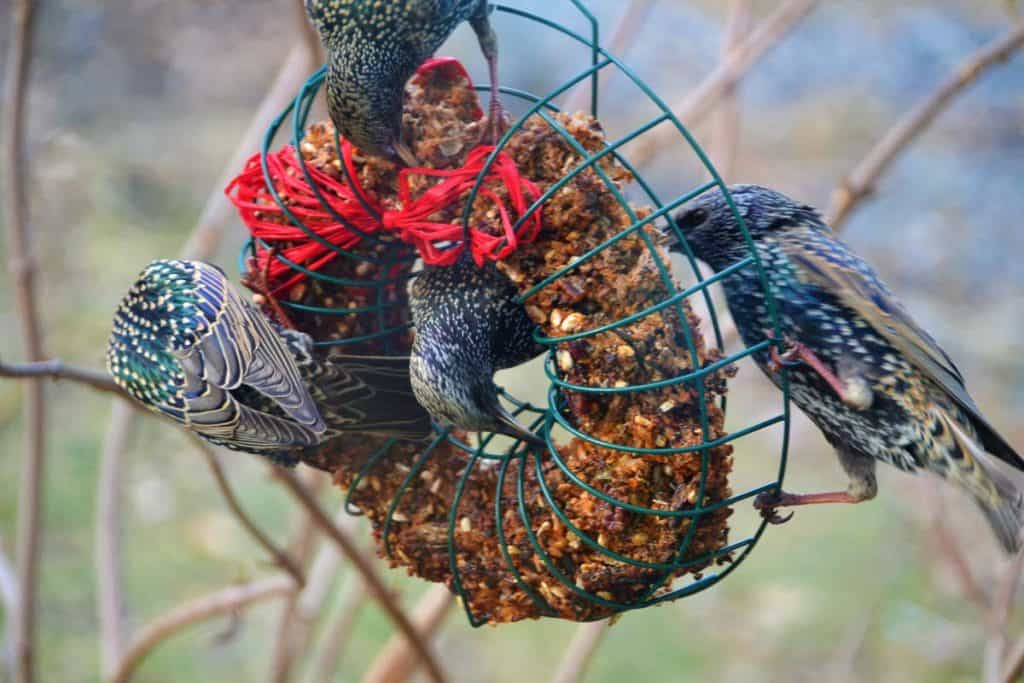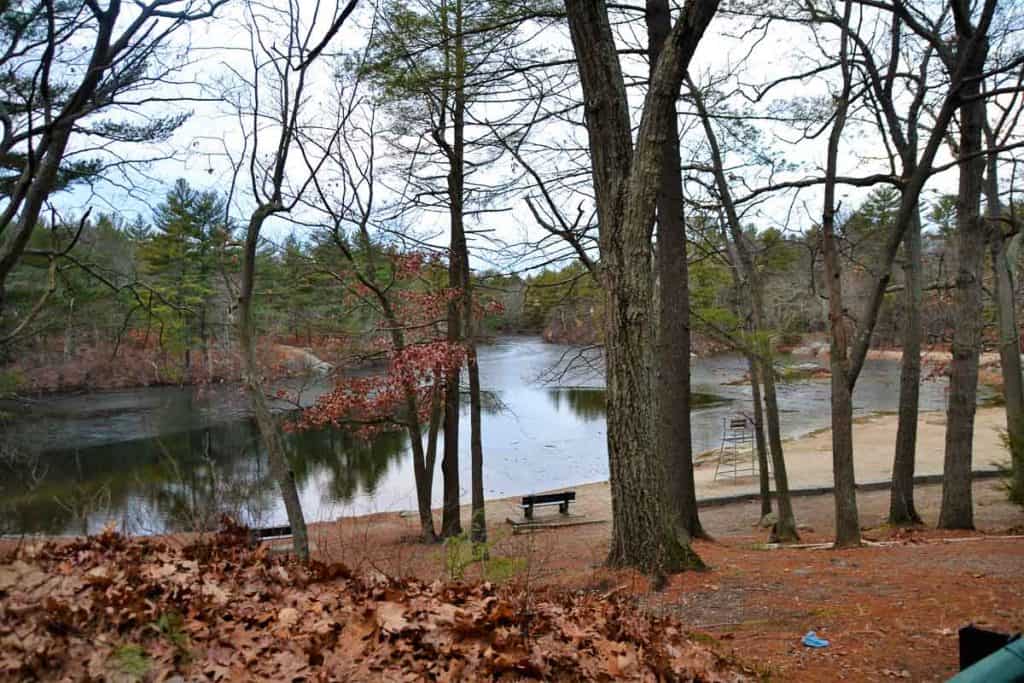Here’s what’s blooming in town this week to make your walks more enjoyable
The year 2023 is here and many of us took at least one walk on New Year’s Day to enjoy the pleasant weather. Below freezing temperatures of the week before giving way to warmer than average for January means that some partly frozen ponds have begun to melt again. The swans go back and forth between Birch Pond in Lynnhurst and Hawkes Pond, which extends from North Saugus into Lynnfield. Ducks, geese, herring gulls and several species of ducks are common on these ponds and on the Saugus River year-round. Mallard ducks (Anas platyrhynchos) are among the most common. Males have iridescent heads and necks that may look bright green or black depending on the angle of the feathers, while females have brownish toned plumage. At the feeders, many birds are seeking out food beyond that supplied by nature, including local species and a big flock of common starlings (Sturnus vulgaris), originally a European species, which were introduced to North America in the late 19th century.
Most outdoor plants are not blooming right now, but I have seen some heath (Erica spp.) in flower in gardens this week, and a friend reported some early snowdrops (Galanthus nivalis) on a warm south slope at Arnold Arboretum on New Year’s Day. A single bright pink bud has emerged on one of the Lenten roses (Helleborus hybrid) outside my front door, but the common witch hazel (Hamemalis virginiana) blossoms from last week have curled up tight. Indoor plants are showing a bit more activity, with flowers and foliage emerging on several indoor bulbs and houseplants.
Aquatic money tree (Pachira aquatica) and its close relative smooth money tree (Pachira glabra) is a popular gift plant in many parts of the world, especially at New Year’s’ time. Outdoors, both trees require much warmer climates than ours, but they have recently become very popular as houseplants. Houseplant versions are generally sold as a bonsai-style tree with three to five trunks that are braided together. Often simply labeled money tree or lucky tree, they are believed to encourage good fortune and prosperity for the year ahead.
The two species are difficult to tell apart, especially if flowers or fruit are not present. Both are medium sized trees, growing to about 60 feet tall, native to swampy sites in Central and South America. They are members of the mallow family (Malvaceae) which includes cotton (Gossypium spp.), the tropical fruit durian (Durio zibethinus),linden trees (Tilia spp.) and 300 species of hibiscus. Money tree is also known as Malabar chestnut, Guiana chestnut, French peanut, Saba nut and some other names where they can be grown outdoors as a landscape plant. There they are often valued for erosion control, and as some of the common names suggest, they are grown for their nut production. The seed reputedly tastes similar to chestnuts. They have long been eaten and used as a medicine in South America, but some conflicting information about its potential harmfulness to people and animals would make me cautious about eating it. Small trees grown indoors rarely get to the point of producing seeds, so the issue may not ever come up.
Both species have palmately compound foliage. Unlike most palmately compound leaves I am familiar with, the number of leaflets may be very variable on the same plant. The potted one on our kitchen table has five, six or seven leaflets, depending on which leaf you are counting, but in the wild there may be as many as nine leaflets. Smooth money plant has greener bark on its trunk(s), while the aquatic money plant bark matures to a grayer tone. If you can get them to flower, the blossoms of smooth money plant are pure white, while those of aquatic money plant are creamier and have reddish stamens. The fruit pods of aquatic money plant are about twice the size of the smooth money plant. It would take many years for them to develop flowers or fruit indoors. If you regard them as a decorative foliage plant, they can be grown in fairly low light conditions and are not very demanding.
Editor’s Note: Laura Eisener is a landscape design consultant who helps homeowners with landscape design, plant selection and placement of trees and shrubs, as well as perennials. She is a member of the Saugus Garden Club and offered to write a series of articles about “what’s blooming in town” shortly after the outbreak of the COVID-19 pandemic. She was inspired after seeing so many people taking up walking.






